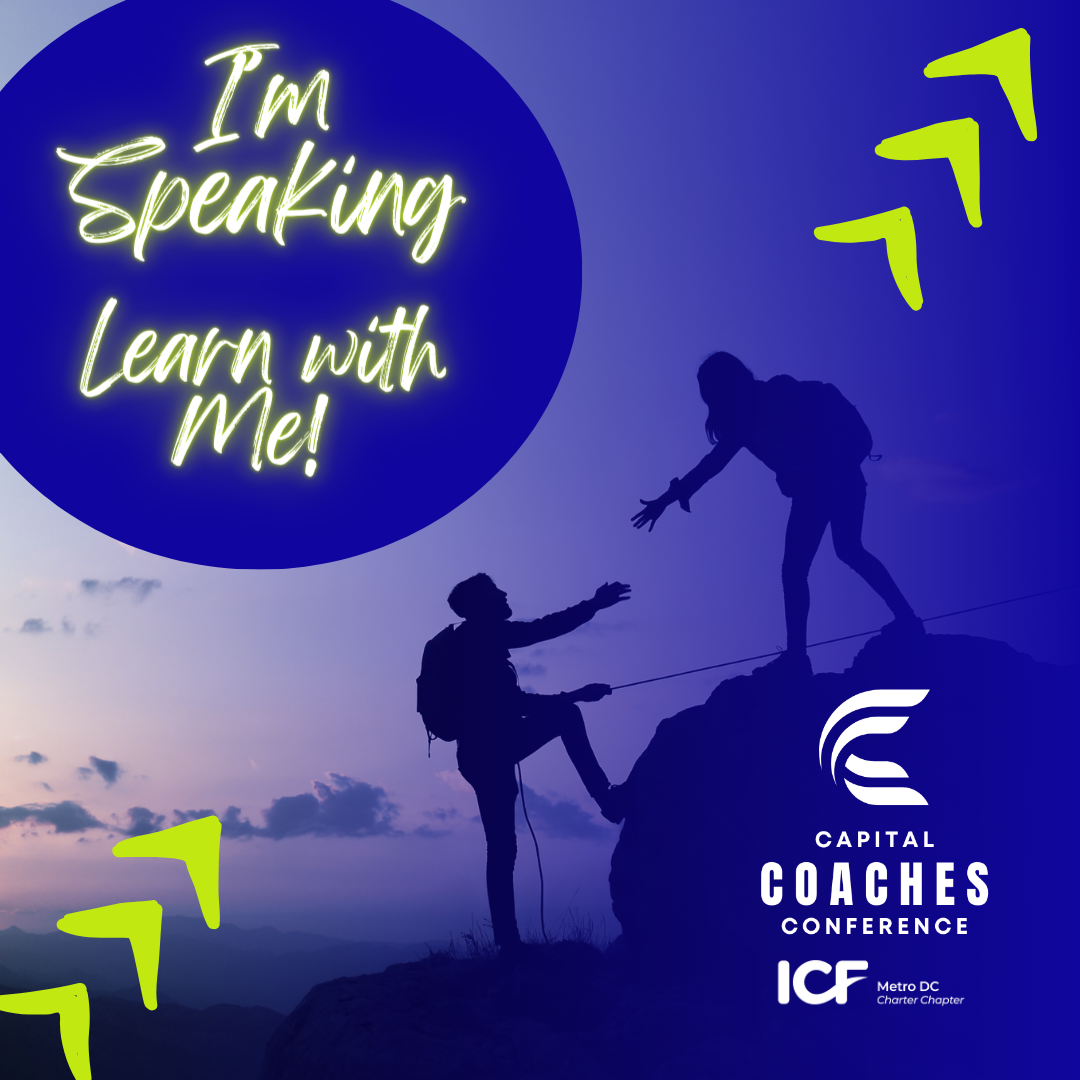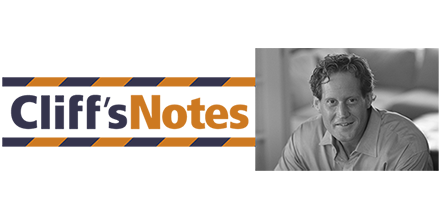(Cliff Kayser of Polarity Partnerships, LLC provides this summary w/additions from an August 2022 article that appeared in NEWSWEEK by colleagues Marianne Lewis and Wendy Smith.)
Today’s world is becoming increasingly fractured. Confirmation bias abounds where people stay within safe circles of friends and colleagues who agree with them, and the opinions they hear mirror their own rather than confront opposing views and invite controversy. But what if there’s a better way? What if thinking about things as “both/and” rather than “either/or” could allow people to truly talk to one another and expand their minds to new possibilities? In their new book from Harvard Business Review Press, paradox experts Wendy Smith and Marianne Lewis explain how to apply “both/and” thinking to today’s most vexing issues—from navigating life, work and leadership in the post-pandemic era to curbing political polarization. In the excerpt below from Both/And Thinking: Embracing Creative Tensions to Solve Your Toughest Problems, they discuss how to heal political divides with family and friends. In Chapter 9 Wendy and Marianne point to a case example of Polarity Partnerships’ 5-Step S.M.A.L.L. Process, Polarity Map®, and Polarity Assessment as practical ways leverage paradox/polarity tensions to:
- Appreciate Differences
- Find Common Goals
- Reign in Emotions
- Leverage in the Ongoing Balancing Act
(For more information, see www.PolarityPartnerships.com.)
A friend confided she voted for Clinton in the 2016 election and her husband voted for Trump. She was horrified when she heard the Dobbs decision, while Her husband felt it was justified. They decided that they could not talk politics at the kitchen table, in bed or, in fact, anywhere at home. They felt embarrassed talking about these issues in front of their friends. The tension was palpable.
Their friend and her husband are not alone. As politicians take increasingly extreme positions, even small differences in our personal beliefs and values have caused painful divisions between family and friends. Over the last 25 years, we’ve researched how people approach these challenges that feel like a personal tug-of-war. The typical response is either/or thinking—pull apart opposing perspectives, pick one side and then defend it. This approach might feel natural and even beneficial in the short-term as we fight for what we believe is right. Yet, over time it can be limited at best and detrimental at worst. Families are broken up. Age-old friendships dissolve. Coworkers lose trust in one another. As the fabric of such personal relationships dissolves, so too does the potential for more effective discussions, let alone legislative policy.
There is another way—both/and thinking. Both/and thinking involves valuing, rather than vilifying differences; embracing rather than dismissing conflicts. While not easy, our research shows that embracing both/and thinking results in more creative, lasting solutions and more satisfied people.
We have seen both/and thinking become a bit of a mantra in society. Yet to effectively embrace this approach we need to move beyond the label and start adopting practices that can help us embrace differences. In our research, we found four key sets of tools for both/and thinking; tools that helped our friend and her husband gradually find a new level to their relationship.
Appreciate Differences
First, shifting to both/and thinking involves changing our assumptions from seeing opposition as detrimental to valuing it as a means to achieve a deeper synergy. As our friend told us, she and her husband each assumed that they were right when it came to their political position. If they were right, the other one must be wrong—an either/or approach. Adopting this mindset led to ongoing fights. To avoid the fights, they decided to avoid the topics. By avoiding the topics, they started to resent one another, which only ended up raising new and different fights, and creating what felt like a vicious cycle.
These fights are like the parable of the blind people and the elephant. A group of blind people approached an elephant and wanted to identify this unknown being before them. To do so, they all placed their hands on it to see what it felt like. Each person placed their hands on a different part of the elephant, and therefore each believed they approached something different—a snake, a fan, a rope, a tree trunk, a spear, etc. The blind people became embroiled in a bitter debate, each believing that they were right, and the others were wrong.
Realizing how painful the fighting had become, our friends decided to put an end to the detrimental conflict. They stepped back to remember that the other person is thoughtful and caring with a valid and value-based perspective. They started by assuming the best, rather than the worst, in one another. Then they changed their assumptions about the debates. What if they assumed that they both had valid perspectives? What if they asked how they could accept their different perspectives? Like the blind people and the elephant, they might just be looking at and valuing different parts of the argument. Shifting their mindsets, they agreed that they would listen to each other with the goal of understanding and respecting these differences, even if they did not necessarily agree with one another.
Find Common Goals
Second, we find that both/and thinking benefits from structure, setting boundaries that create the scaffolding to explore and learn from tensions. For example, both/and thinkers often benefit from clarifying a higher purpose or overarching vision that can embrace opposing perspectives. Such visions can be motivating and inspiring. For our friends, they confided in one another that they shared the goal of a long-term trusting and respectful relationship. This goal kept them coming back to difficult discussions, taking the time to listen to and learn to understand one another.
Providing additional support, both/and thinking involves practices that we describe as separating and connecting—building roles, goals, time and space that allow us to both pull apart the different perspectives as well as to find synergies and points of connection. For our friends, separating meant carving out distinct time for each of them to talk about their own perspectives. One of them would talk, the other would listen and ask questions. They were really careful to ask clarifying, not confrontational, questions. If the conversation shifted toward conflict, they paused and picked it up a different time.
Once they talked through their different approaches, they started to ask themselves whether there was common ground. What was similar? Were there ways to bridge their divides? They started to connect across their different opinions. Both/and thinking requires both separating and connecting. In order to find points of connection, first each had to dig deeper into their distinct perspectives. Yet if they only laid out their opposing views without seeking synergies, they risked getting right back into the detrimental fights.
Reign in Emotions
Third, both/and thinking involves understanding, appreciating and managing our emotions. Sharing such perspectives is emotionally challenging, particularly because political issues of abortion, gun control, climate change, etc. surface deep values around safety, equity, fairness and more. Engaging in both/and thinking requires us to recognize the difficult emotions that will emerge. We cannot sweep these away or pretend they don’t exist. Doing so will only cause a rebound effect. Instead, we can recognize our and others’ emotions, while ensuring that they do not derail our conversation and connection.
Moving beyond our divides means becoming comfortable with the discomfort. Our friends recognized and adopted several different practices to navigate the rocky emotional terrain. They often had conversations about politics while out walking, knowing that exercise and adrenaline can help temper difficult emotions. They knew to pause when their own conversations became too emotionally demanding, and each had other groups of friends to turn to for support when they felt frustrated.
Leverage the Ongoing Balancing Act
Finally, both/and thinking is a process, not a destination. It requires ongoing changes and shifting. When talking about both/and thinking, we describe two outcomes which we label as 1) a mule—finding a creative integration and 2) tightrope walking—being consistently inconsistent. In both/and thinking, we often want to find the mule—a hybrid animal that is smarter than a donkey and stronger than a horse. This ultimate win/win solution accommodates the strengths of everyone’s perspectives. In our personal politics, that might mean finding an abortion policy that accommodates pro-life and pro-choice perspectives. There may be more creative policies that would better accommodate differences. While such win/wins seem ideal, they are rare. Most of the time, both/and thinking involves making microshifts between opposing positions. We describe this outcome as tightrope walking. A tightrope walker is never completely balanced, but rather moves forward by constantly balancing between left and right. Shift too far to the left or too far to the right, and the tightrope walker will fall. In our friends’ case, they sometimes identified what they thought would be the ultimate win/win between their differences. Most of the time, being in ongoing conversation about their different perspectives meant that they would consistently learn from one another and invite slight shifts and changes to their own thinking. Instead of compromising their thoughts, it allowed them both to be much more complex thinkers about these issues, while also continuing to deepen their relationship and trust in one another.
Our political differences are real. However, it’s not our differences that are causing our problems, but our approaches to these differences. While challenging to implement, we have seen the benefits of both/and thinking to bridge the most challenging divides. In the case of our friends who couldn’t talk politics, they not only remained together; but their relationship flourished as they learned to embrace and respect their differences. Their experience was a valuable reminder to us, that if we are to heal our societal divides, what better place to begin than with our friends and families. Where both trust and compassion exist, so to do opportunities to learn from and build bridges across differences.





